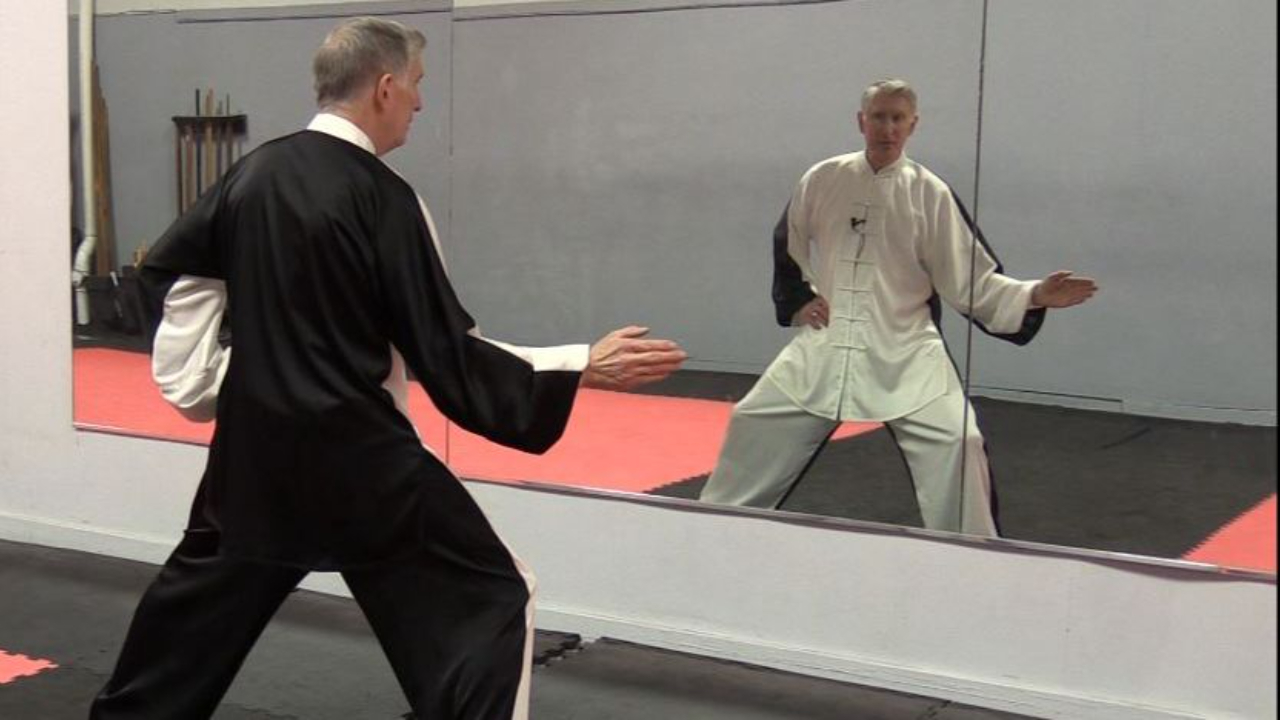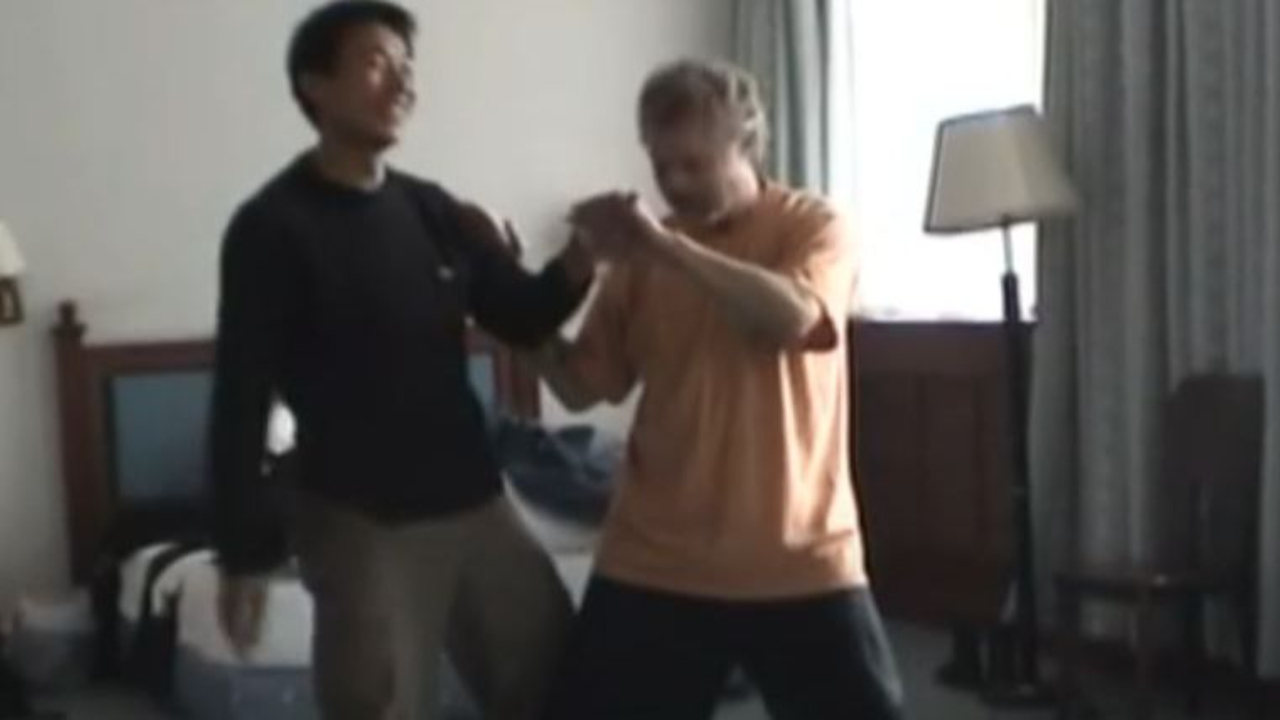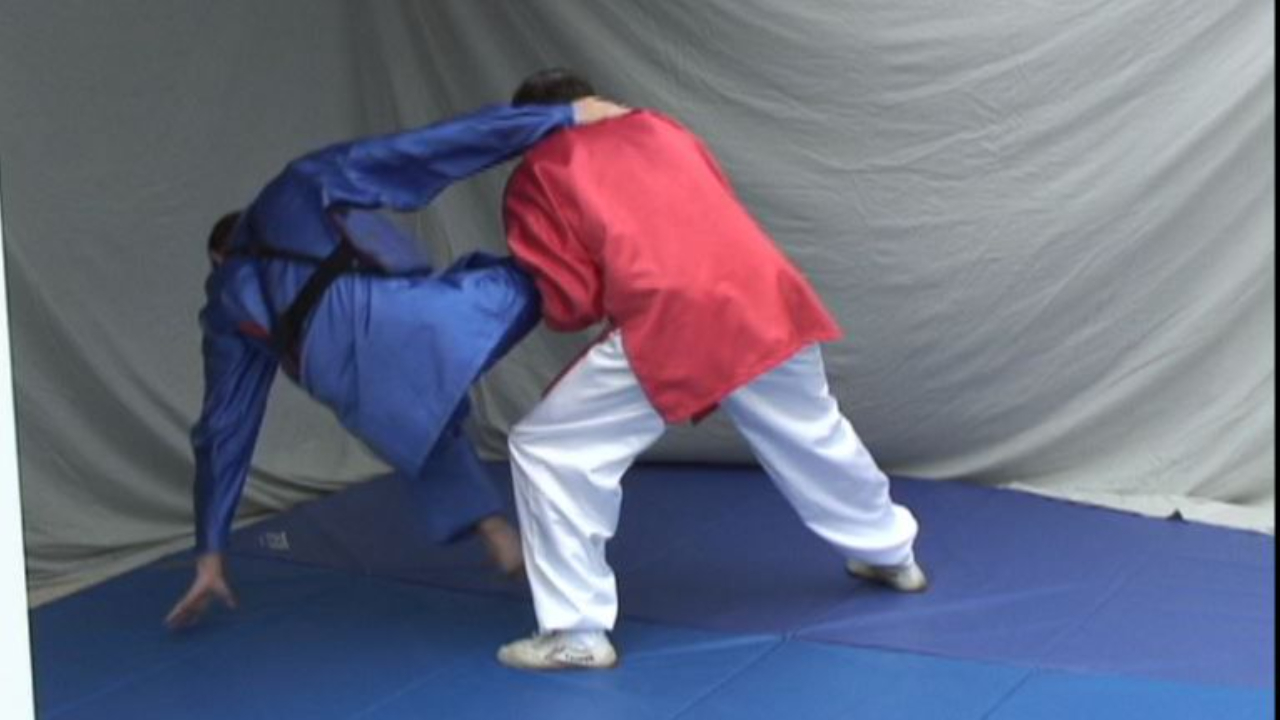A Beginner's Lesson in Tai Chi Silk-Reeling - Video

If you have a half-hour to invest, try to work through this video -- it's a live class I did last weekend on Zoom teaching the first of Chen Taiji's Silk-Reeling exercises -- "Single-Hand Reeling."
This is helpful to all internal martial artists, but particularly if you practice Taijiquan and Baguazhang.
I have to say that most of the videos I've seen on silk-reeling don't teach it at all. But that should be no surprise. The first teacher who taught me silk-reeling had no clue what silk-reeling is, so I was sent down a blind alley thinking that to achieve silk-reeling, we "imagine" our Qi spiraling through our body. It's part of "Qi cultivation," he said.
Nope.
Silk-Reeling "energy" -- the Chinese term is chan ssu jin -- is a physical skill requiring a spiraling through the body in a connected way.
Some say the spiraling movements add power to your Taiji. I believe the most practical purpose of silk-reeling is the neutralizing and redirecting of your opponent's force. You know the...
Say No to Noodle Legs -- Do Not Collapse Your Legs in Tai Chi

Can You Lift Weights and Do Tai Chi, Xingyi or Bagua?

Chen Xiaoxing Gives Private Push Hands Lesson in Chen Village

This video shows Grandmaster Chen Xiaoxing giving a private push hands lesson to my former teacher, the late Mark Wasson, in the early 2000s.
Mark was on one of his many visits to train with the Chen family in Chenjiagou, but it was a cold winter day and in those days, the village was still without heat in most of its buildings. So Chen Xiaoxing graciously came to Mark's hotel room to train him.
Mark died in 2013 after a long battle with Crohn's Disease. He helped to popularize Chen Taiji in the United States, sponsoring or arranging sponsors for Chen Xiaoxing and others to visit the U.S. for workshops, and Mark also took several Americans to Chen Village to train.
When I studied with Mark, I sponsored Chen Xiaoxing's visa for his 2006 visit to the United States. In return, Chen Xiaoxing stayed in my home for a week and we practiced like this every day. I learned a lot and, after being thrown to the ground so many times, got a brand new perspective of my basement carpet.
This is p...
Chen Bing Gives My Former Teacher A Lesson in Taiji Push Hands

My former Taijiquan teacher, Mark Wasson, spent a lot of time in the Chen Village training with members of the Chen family, including Chen Xiaowang, Chen Xiaoxing, and Chen Bing.
On one visit, the weather was bad so Chen Bing came to Mark's hotel room to practice push hands.
Chen Village Girls Practicing Chen Taiji Straight Sword Form

One of my former Taiji teachers, Mark Wasson, visited the Chen Village many times to train with members of the Chen family.
On one visit, he took some great video of the village, the Chen family, and their students.
This short video shows young girls practicing the Chen Taiji Straight Sword form as Chen Xiaoxing watches.
Mark passed away a year or so ago. He took several Americans to Chen Village, introducing them to the Chen family. I have not been to the Chen Village, but through Mark, I met and trained with Chen Xiaoxing when he visited the United States. In 2006, I sponsored Chen Xiaoxing's visa so he could come to the US for a series of workshops.
What "Intent" Really Means in Taiji and the Internal Arts

I am currently updating my instructional videos for the Chen Tai Chi form Laojia Yilu, replacing video shot between 2008 and 2010. As I was shooting instruction on Sunday for the second movement of the form -- Buddha's Warrior Attendant Pounds Mortar -- the concept of "intent" came to mind as something a lot of people misunderstand.
A lot of Tai Chi instructors talk about "intent," but too many students are left with the impression that intent is somehow connected to "cultivating chi" or other mystical, healing energy nonsense.
Let's cut out the noise, eliminate the middleman, and cut to the chase.
"Intent" means exactly what it implies. What is the intent of the movement? What are you intending to do with this movement?
The answer is almost always a self-defense application.
Tai Chi was created as a martial art. Every movement in the form is a self-defense movement.
When you perform Tai Chi movements with the intent of self-defense, it informs how your "energy" should be use...
Internal Body Mechanics Come Together in Silk-Reeling Exercises

The body mechanics of real Tai Chi are very different than other "hard" martial arts that I had studied. I had been a student of Shaolin, Taekwondo, Wushu (Tien Shan Pai), and I had practiced karate on my own. I had also studied Xingyi, Bagua, and, as I mentioned above, Yang Tai Chi.
Nothing prepared me for the nuances and subtlety of Chen family Taijiquan. Over time, as I learned from Jim and Angela, the late Mark Wasson, and masters such as Chen Xiaowang, Chen Xiaoxing,
Ren Guangyi and others, I began to isolate six crucial body mechanics that yo...
Taiji Grappling and Taking Advantage of Your Opponent's Energy

Anyone who reads this blog regularly knows that it is a mistake to interpret the term "energy" in some mystical way. Energy can simply mean "force" when discussing the energy an opponent is directing at you.
Energy can also mean "method" to describe a way of dealing with the force your opponent is directing your way. In other words, Cai Jin (Pluck Energy) describes a method of plucking or jerking to put your opponent off-balance. There is no actual "energy" called Cai in your body.
Many Westerners are inclined to believe things literally -- Adam and Eve, ghosts and psychics, etc. -- and so mythology has developed around the energy of the internal arts. You don't gain skill by increasing chi, your "chi" increases as you work like hell, gain experience, insight, and develop skill as you do in any sport, any physical endeavor, any trade or profession.
I love the grappling skills associated with the body mechanics of Taiji -- how to feel my partner's energy and take advantage of it to...
Punching Through Paper - A Test of Fajin and Hand Speed

Can you punch through a sheet of newspaper?
Sounds easy, doesn't it?
Okay, smarty pants, have a partner hold a sheet of newspaper very lightly on the top corners. You stand in front of it and punch through it.
It's an eye-opening experience but it is a good test of your internal body mechanics. Are you able to maintain the mechanics as you "put on the gas?"
This is one of the videos on my membership website. It was shot around 2005 - maybe earlier. I was practicing with a student last night and he mentioned the video, so we got a sheet of newspaper out and tried this. He was not successful in breaking it, but I (fortunately) was able to do it with my first punch.
The secret is in applying all the internal mechanics -- ground path, peng jin, whole-body movement, silk-reeling, Dan T'ien rotation, and opening/closing the kua -- in a connected, relaxed way while speeding it up -- fajing.
Try it yourself. Let me know how it goes. And thanks to Nancy for being my partner, as usual. She...
